Road along the Hiji River
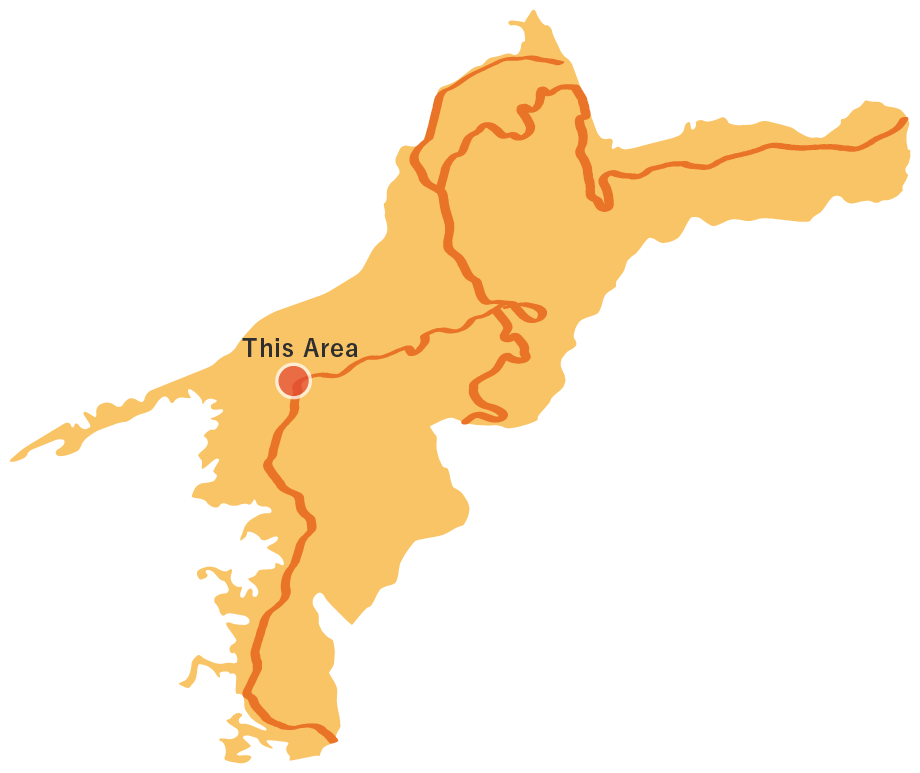
Road along the Hiji River
This 13.4 km leveled trail that goes along Hijikawa River that flows by Suigo Ozu, crossing Ozu Castle, alongside the river stream in a peaceful countryside.
Road along the Hiji River(13.4km)

 Spots to photograph
Spots to photograph
If you wish to receive a certificate, please take a photo that includes yourself at the designated photo point for each course.
Nearby sightseeing spots

-
1
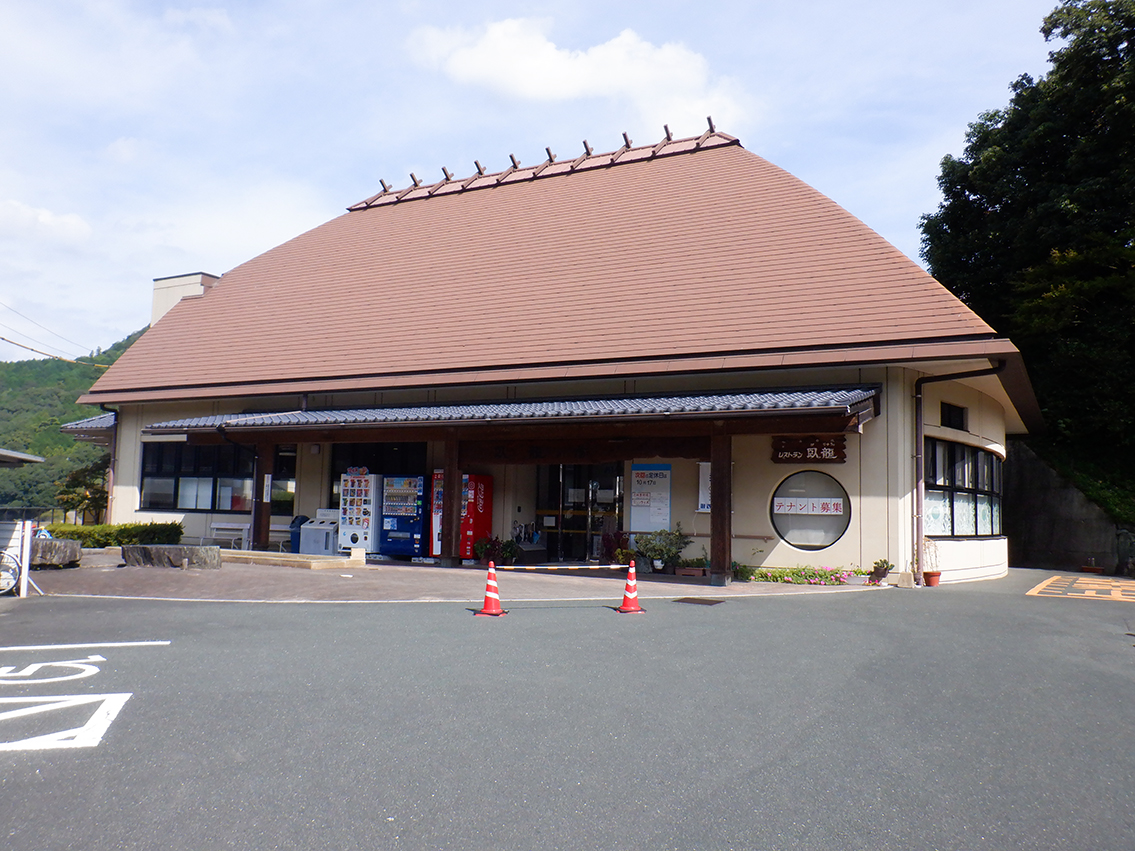 Sukunahikona Onsen Ozu Garyu no Yu
Sukunahikona Onsen Ozu Garyu no YuIt is a natural hot spring using the source that wells up from 1000 m underground at Garyu no Fuchi, where you can overlook the Hiji River. The spring quality is a hypotonic alkaline cold mineral spring that is effective for neuralgia, muscle pain, joint pain, and recovery from fatigue. It will be leisure by soaking in the hot springs, watching the flow of the Hiji River, and relieving your fatigue from walking the Shikoku road.
-
2
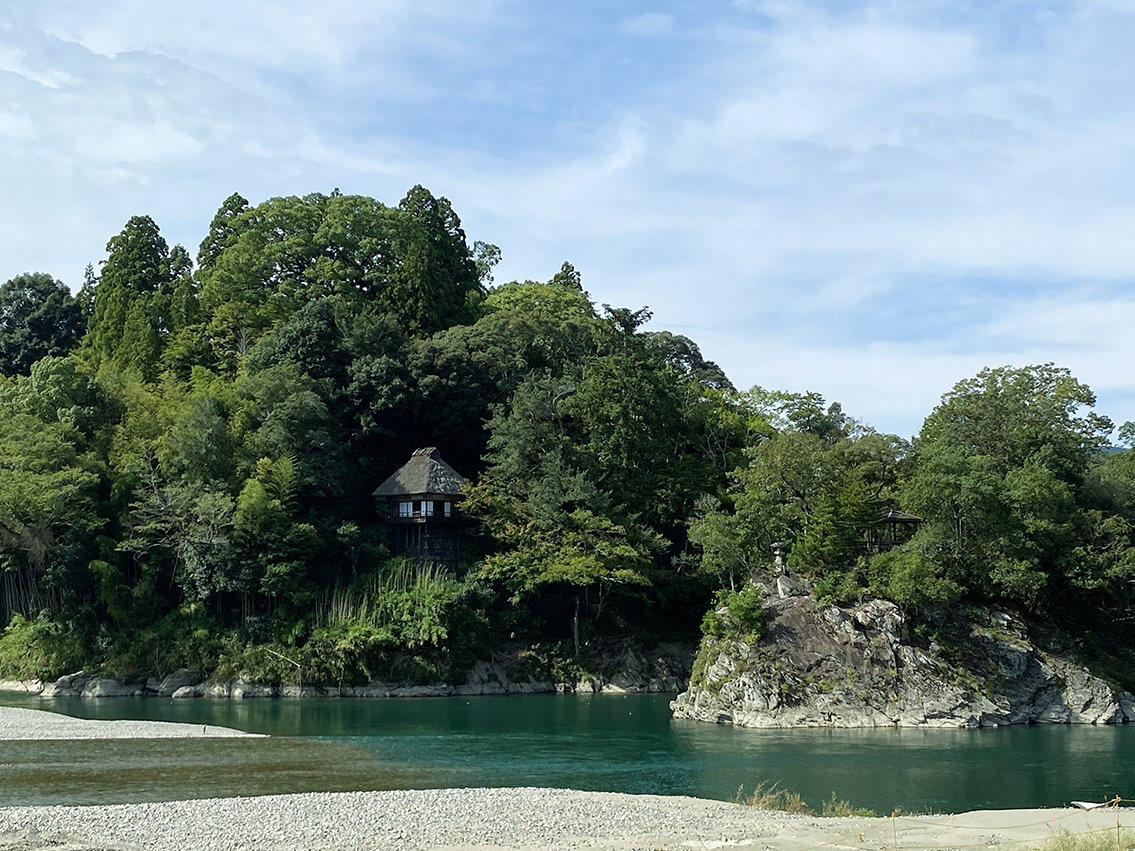 Garyu Sanso
Garyu SansoGaryu Sanso can be seen on the opposite bank from the Hijikawa Rest Area. Garyu Sanso is a villa built with the detailed utmost luxury by Torajiro Kochi, a wealthy merchant from Niiya in the Meiji period who was successful in the Japanese wax trade, to spend the rest of his life here. Among them, Garyu-in is a one-story building with a thatched roof and a rural-style hipped roof. Its beauty is such a rare masterpiece that the late Kisho Kurokawa, one of Japan's leading architects, said, "It's as good as the Katsura Imperial Villa. I'd like to get it even if I have to borrow money" . In 2016, Garyu-in, Furo-an, and Bunko were designated as national important cultural properties, and, in 2021, the area including the garden was designated as a national scenic spot, increasing its value and attractiveness.
-
3
 Ozu Castle
Ozu CastleOzu Castle is a flat mountain castle built on a small hill on the banks of the Hiji River, and it is a Teikakushiki castle that uses the Hiji River that flows behind it as a natural moat. Ozu Castle was built in 1617 when Sadayasu Kato entered the castle from Yonago, Hoki Province (Tottori Prefecture) and became the residence of the 60,000-koku Kato family of the Ozu domain until Hanseki-hokan in 1869. The castle tower was demolished in 1888, but in 2004, the four-story castle tower was restored with wood. Currently, you can stay in the restored castle tower for a castle stay.
-
4
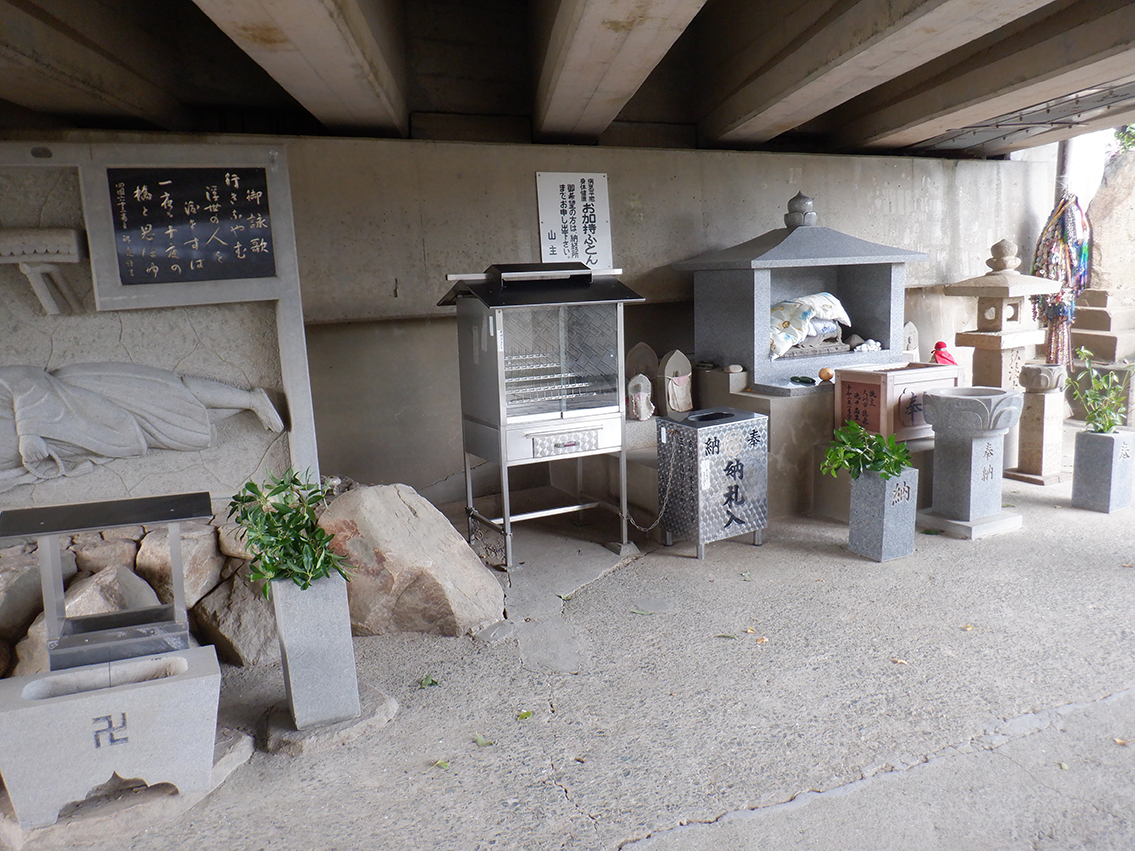 Toyoga Bridge
Toyoga BridgeOn the way to the Meisekiji Temple No. 43 and the Daihoji Temple No. 44 in Ozu City, there is the Toyaga Bridge, which is said to have originated from the legend that Kobo Daishi stayed under the bridge. During Kobo Daishi's tour of Shikoku, he had no choice but to stay under a bridge over a stream, and it is said that it came to be called Toyaga Bridge because he felt hungry and spent overnight for 10 days with cold. Also, the custom that pilgrims do not use walking sticks when crossing bridge originates from this story. Currently, there is a statue of Kobo Daishi under the bridge, and it is a rare place that is officially recognized as training to stay here, and it has become 88th sacred site.
-
5
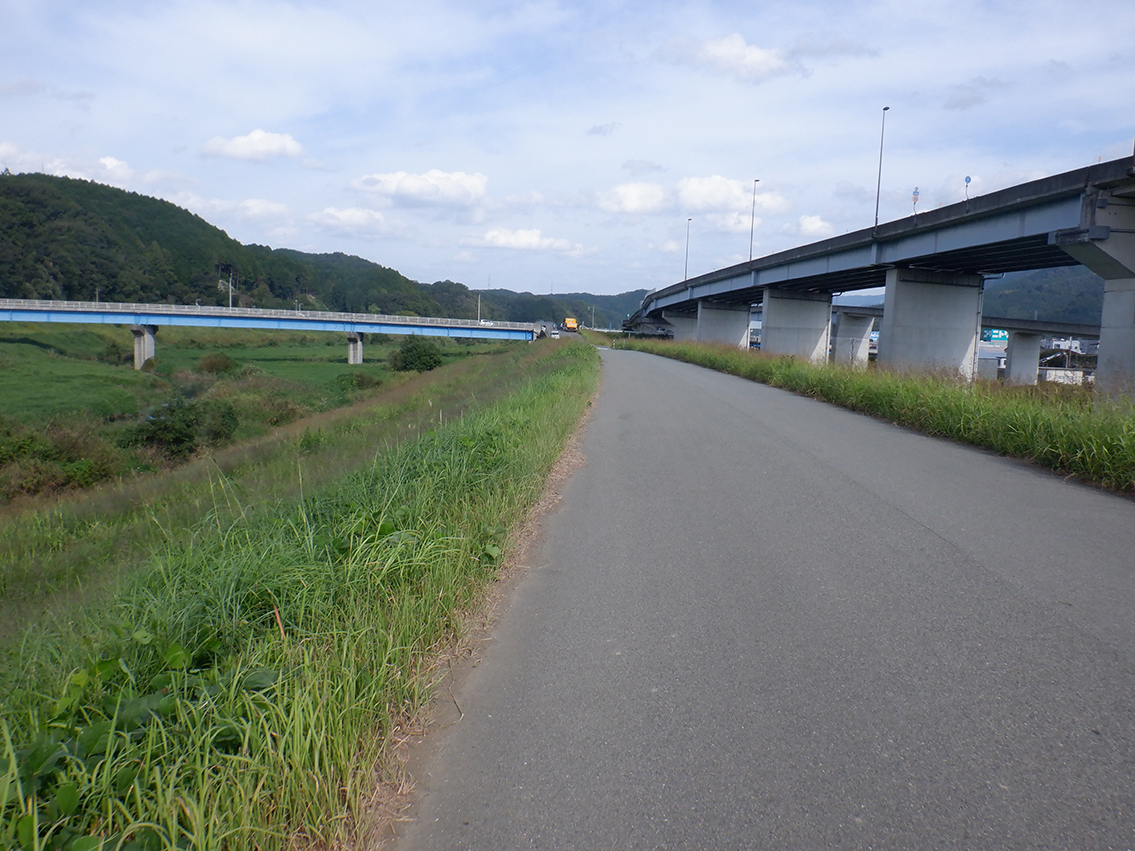 Yaochi River and Matsuyama Expressway
Yaochi River and Matsuyama ExpresswayAfter passing the Toyaga Bridge, pass under the Matsuyama Expressway and continue along the Yaochi River. The Matsuyama Expressway runs in parallel, and if you look to the right, you can see the entrance to the Ozu IC. When you see the cars rushing ahead, you can feel the time passed hurriedly. If you look to the left, you can see wild birds flying over the Yaochi River. Here you can take a leisurely walk while feeling the nature.
-
Niiya
In 1623, among the 60,000-koku of Yasuoki Kato, the first lord of the Ozu domain, Naoyasu Kato, the younger brother of Yasuko Kato, the second-generation lord of the Ozu domain, was established with 10,000-koku by the Niiya Domain, and was ruled by the Kato family until the Hanseki-hokan in 1869. It seems that Niiya Jinya was the feudal agency in the current Niiya Elementary School. The Niiya Elementary School is the only building that remains at Jinya; there is a Rinpokaku, a wooden one-story building and a roofed building with an entrance built in 1868. It seems that it played the role of a conference or an audience chamber.



